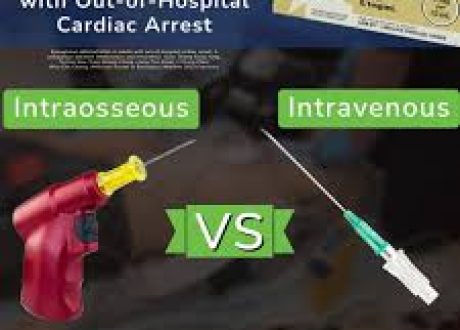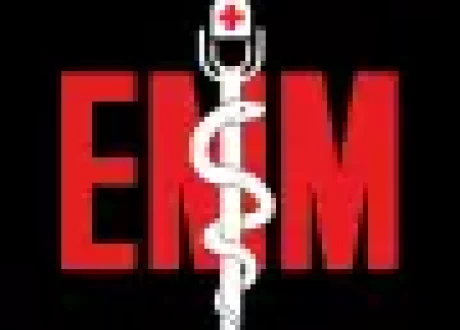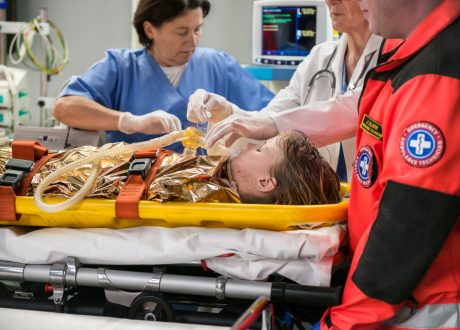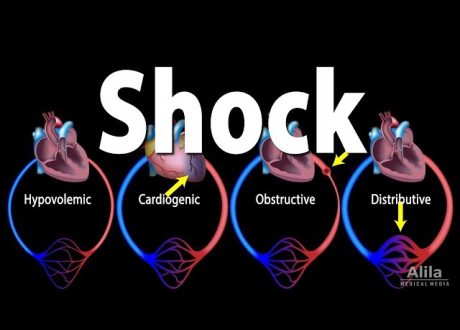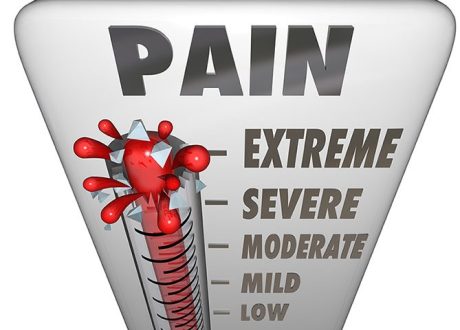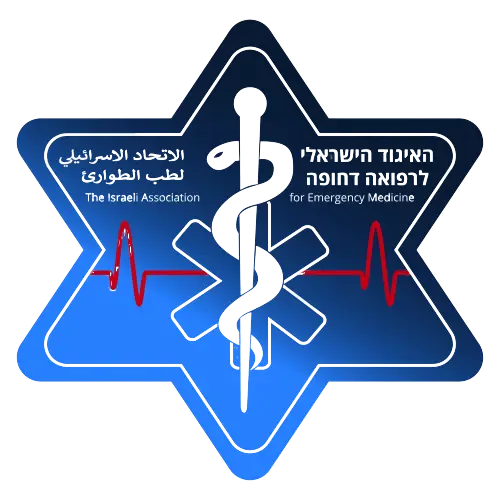Written by Megan Hilbert

After a non-diagnostic screening ultrasound for appendicitis, a rapid-MRI has high clinical accuracy in establishing the appropriate diagnosis (appendicitis or not) in a pediatric patient population.
Are you ‘appy now?
This was a prospective cohort study completed in Canada to evaluate rapid-MRI (instead of interval repeat US) as a viable next step in the workup for pediatric patients presenting with concern for appendicitis. MRI was completed after either negative initial screening US with continued clinical concern for the etiology or in patients where there was a discrepancy between conclusive screening US and clinical re-examination. The algorithm (inserted below) was compared to prior serial ultrasound pathways which have been shown to be 94% accurate. Ultimately, the authors were able to demonstrate 98.7% clinical accuracy of the algorithm (95%CI 0.97-0.99) with sensitivity of 98% (95%CI 0.94-0.99) and specificity of 98.9% (95%CI 0.98-1.00). Impressively, only 7 of the 225 children with initial non-diagnostic ultrasounds underwent CT evaluation (yay for reducing ionizing radiation in children!).
Things to note: This was a convenience sample, with patients only evaluated during day time. It assumes your practice location has availability and ability to complete rapid MRIs for pediatric patients. Having said that, the authors did have a follow-up rate of 100% on non-operated children, which is quite impressive.
How will this change my practice?
While I do not have a large pediatric population where I practice, if I did, I would feel much more comfortable pursuing MRI (as compared to serial ultrasounds) to rule out appendicitis in patients that I had a persistent concern for the etiology.
Editor’s note: My hospital successfully implemented an ultra-rapid, T2-only MRI for pediatric VP shunt malfunction. This study used an ultra-rapid, non-sedated, non-contrast 3.0 Tesla scanner and performed, “non-fat suppressed coronal and axial T2 HASTE, fat suppressed axial T2 HASTE, axial SPAIR and diffusion-weighted (b-values of 0. 50, 100, 400, 800 s/mm2) MRI sequences,” whatever that means. I have emailed the author to get the scan time, but it must have been quick. This is an exciting option to reduce radiation exposure in children that I am discussing with my local leadership. ~Clay Smith
Source
Properties of ultrasound-rapid MRI clinical diagnostic pathway in suspected pediatric appendicitis. Am J Emerg Med. 2023 Sep;71:217-224. doi: 10.1016/j.ajem.2023.06.026. Epub 2023 Jun 16.



